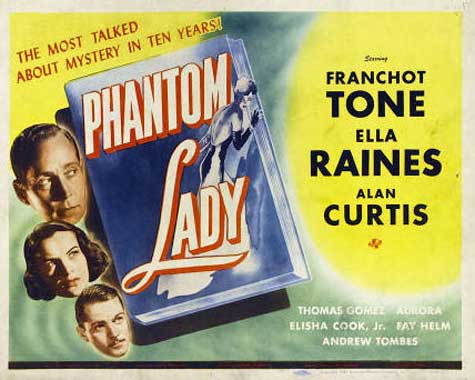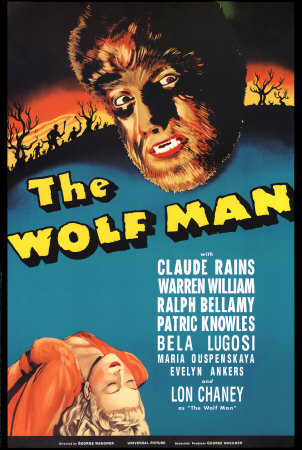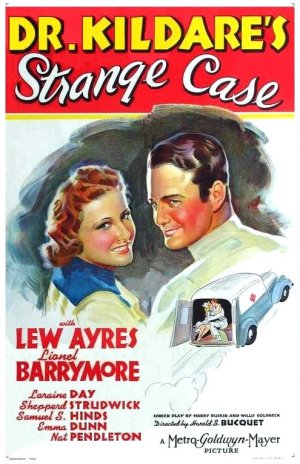Welcome to Late Night Retro Television Reviews, a new feature where we review some of our favorite and least favorite shows of the past! On Fridays, I will be reviewing Friday the 13th: The Series, a show which ran in syndication from 1987 to 1990. The show can be found on YouTube!
This week, a nerdy film students takes his love of a 1940s horror film too far!
Episode 2.16 “Scarlet Cinema”
(Dir by David Winning, originally aired on February 20th, 1989)
Darius Pogue (Jonathan Wise) is a nerdy film student who is obsessed with The Wolf Man. When Darius steals an old antique movie camera, he discovers that, by looking through the camera’s view finder, he can bring The Wolf Man to life and send him to kill anyone who annoys him. Darius kills a snooty antique store manager. He kills a bully. He kills his professor. He even sends the wolf after Ryan and a girl that Darius likes.
However, as much as Darius enjoys sending the Wolf Man after people, he wants to be the Wolf Man himself. After allowing the Wolf Man to scratch him, Darius shoots him with silver bullets. Transforming into a werewolf himself, Darius goes after Ryan, Micki, and Jack. Unfortunately, Darius didn’t consider that film stock is full of silver nitrate. Live by the film, die by the film….
This episode was a case where the premise was pretty interesting but the execution didn’t quite work. The episode mixes in archival footage from The Wolf Man with scenes of Darius’s victims meeting their fate. So, for example, one sees Lon Chaney Jr. turning into the Wolf Man and then the viewer sees The Wolf Man killing one of Darius’s classmates. The problem is that the Friday the 13th werewolf makeup doesn’t really look much like the Wolf Man makeup. Regardless of how darkly lit each scene is, it’s pretty obvious that the Wolf Man from the film is not the same Wolf Man that is doing Darius’s bidding. It not only negates the whole idea behind the cursed antique but it’s also pretty distracting for those of us just trying to watch the show. And, again, it’s a shame because the idea behind this episode was actually pretty clever.
Myself, I’ve always liked the original Wolf Man. Eventually, Larry Talbot got a bit too whiny for his own good and it’s pretty much impossible to buy the idea of the hulking, very American Lon Chaney, Jr. as the son of the sophisticated and very British Claude Rains. But, even with all that in mind, The Wolf Man holds up as a classic American horror film, full of atmosphere and featuring a pretty impressive monster. Friday the 13th deserves some credit for making Darius a Wolf Man fan because The Wolf Man, with its portrait of a man being driven mad by a curse that he cannot control, fits in perfectly with the main idea behind Friday the 13th. Darius, like most of the villains on this show, isn’t really evil until he starts using the camera. Each times he picks up the camera, his actions become progressively worse. Just as Larry Talbott was cursed by the werewolf, Darius is cursed by the camera. Much like a drug addict, Darius falls in love with the camera and he just can’t stop using it. His addiction changes his personality as it becomes all-consuming,. Eventually, it drives him to become the Wolf Man himself.
The episode ends with another cursed antique safely hidden away and Darius joining Larry Talbot in the cold embrace of death. There was a lot of potential to this episode so it’s a shame that it didn’t quite work.





